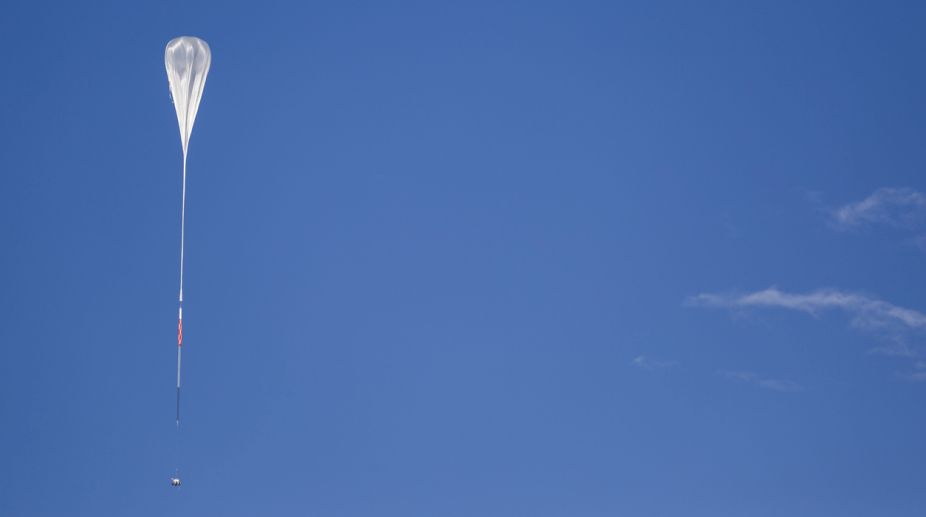NASA, along with student teams across the US, is sending high-altitude balloons that will test the ability of life to survive beyond Earth as well as livestream footage of the upcoming total solar eclipse from the edge of space.
“Total solar eclipses are rare and awe-inspiring events. Nobody has ever live-streamed aerial video footage of a total solar eclipse before,” said Angela Des Jardins from Montana State University in the US.
Advertisement
“By live-streaming it on the internet, we are providing people across the world an opportunity to experience the eclipse in a unique way, even if they are not able to see the eclipse directly,” said Des Jardins who is leading NASA's Eclipse Balloon Project.
A research group at NASA's Ames Research Center, in California's Silicon Valley, is seizing the opportunity to conduct a low-cost experiment on 34 of the balloons.
This experiment, called MicroStrat, will simulate life's ability to survive beyond Earth – and maybe even on Mars.
“The August 21 solar eclipse gives us a rare opportunity to study the stratosphere when it's even more Mars-like than usual,” said Jim Green, director of planetary science at NASA Headquarters in Washington.
“With student teams flying balloon payloads from dozens of points along the path of totality, we'll study effects on microorganisms that are coming along for the ride,” said Green.
NASA will provide each team with two small metal cards, that have harmless, yet environmentally resilient bacteria dried onto their surface.
One card will fly up with the balloon while the other remains on the ground. A comparison of the two will show the consequences of the exposure to Mars-like conditions, such as bacterial survival and any genetic changes.
The results of the experiment will improve NASA's understanding of environmental limits for terrestrial life, in order to inform our search for life on other worlds.
Mars' atmosphere at the surface is about 100 times thinner than Earth's, with cooler temperatures and more radiation.
Under normal conditions, the upper portion of our stratosphere is similar to these Martian conditions, with its cold, thin atmosphere and exposure to radiation, due to its location above most of Earth's protective ozone layer.
Temperatures where the balloons fly can reach minus 37 Celsius or colder, with pressures about a hundredth of that at sea level.
During the eclipse, the similarities to Mars increase. The Moon will buffer the full blast of radiation and heat from the Sun, blocking certain ultraviolet rays that are less abundant in the Martian atmosphere and bringing the temperature down even further.









